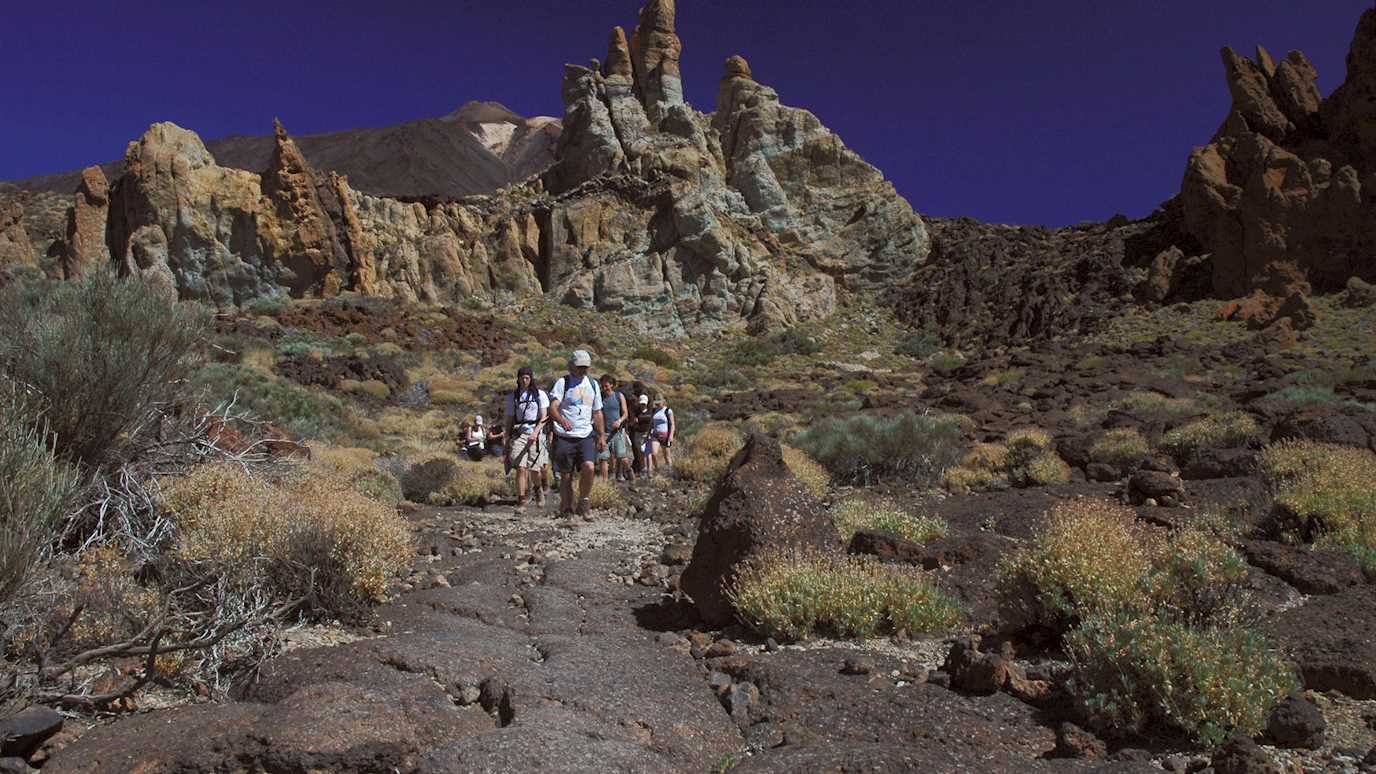Dr Giulio Solferino
Etna, Europe’s highest volcano (3,329 m a.s.l.).
Etna is nearly always active, and even on June 20th (2019) there was some explosive activity on the Central Crater, prohibiting a climb to the top of the mountain. Nevertheless, a climb to the rim of the 1997 eruption’s vent at nearly 3,000 m a.s.l., allowed for a breath-taking view of the summit craters and of the plain of Catania, a city built on the very basalt lava flows that Etna erupted over the course of its 500,000 years of activity.
From the favourable point of observation on the western rim of the 1997 eruption crater it was possible to see pulses of steam released by the New South-East Crater, the still steaming lavas of the December 2018 eruption, and the small lapilli cone of the 31st May to 1st June 2019 explosive activity. The surface temperature of the lava field produced by the most recent eruption was still > 300°C, even though two weeks had passed at the moment when the hike took place.

A steam plume emitted from the New South-East Crater

The steaming lavas of the December 2018 eruption

View towards the 2003 eruption’s cone and the city of Catania
























